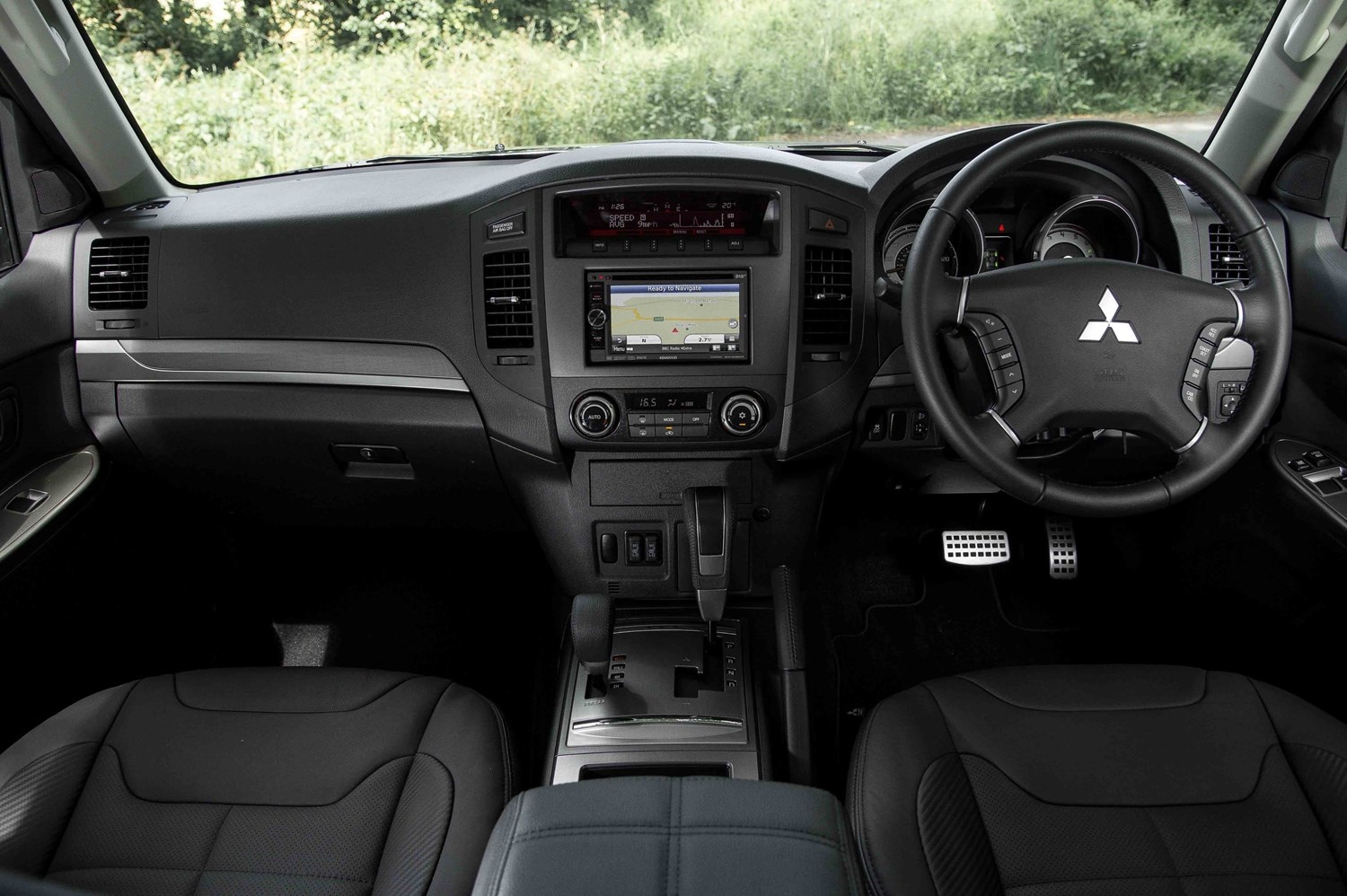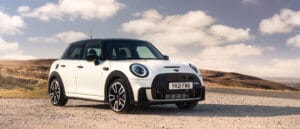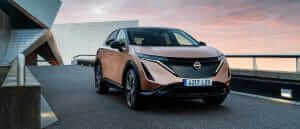Latest model
Mitsubishi continued to adapt the Shogun, with the 2012 model year update including changes such as a new chrome grille, colour-coded front bumper and more distinctive 12-spoke 18-inch alloy wheels. Inside, Mitsubishi worked to improve the quality with new materials used for the cloth and leather upholsteries, while the trim level structure was completely revised, with new ‘SG’ versions being introduced.
Fast forward to 2014 and a new Barbarian model was launched, but purely in short wheelbase form. Key changes including new 20-inch gloss black and silver alloy wheels and bespoke leather upholstery.
In 2015 the Shogun was revised yet again, with changes including a deeper, more integrated grille, LED daytime running lights and additional standard equipment on selected versions.
In 2019 Mitsubishi discontinued the Shogun in the UK, with no replacement following. A total of 114,164 models were registered here in the model’s 37-year run. Mitsubishi also withdrew from the UK completely in 2021 as the brand looked to focus on other more profitable markets instead.
Value for money
When new, the Shogun also delivered plenty of car for your money, with prices costing between £30,000 and £40,000 when new. All versions also got plenty of standard equipment, including 18-inch alloy wheels, cruise control and electric folding mirrors, while the top versions got features like an electric sunroof, all-round heated front seats and full leather upholstery.
If you want a cheap 4x4, old Shoguns are a great option, with high-mileage models available from only around £2,500. If you’re looking for the later fourth-generation Shogun, usable examples start from around £5,000, but you’ll have to pay around double that for a lower-mileage and clean example. The last-off-the-line examples are also commanding very steep prices, with some listed for more than £30,000.
Looks and image
In a day and age where SUVs are typically softer, more road-focused models, the Shogun will appeal to those still wanting a capable no-nonsense 4x4. That’s reflected in the design, which is big and chunky, with plenty of chrome featuring really helping to make it stand out. There are the two clear body styles available, too – the SWB and LWB – with each offering a different appeal. It’s worth noting that the Shogun was also offered as a Commercial model, with the rear seats removed to make way for plenty of space.
The interior is well behind the times, and – particularly on later cars – is very disappointing. The seven-inch touchscreen is small and difficult to use, while the material quality is largely quite poor. Sure it feels utilitarian, but that doesn’t quite cut it on an SUV like this. The seats are also flat and don’t offer much support, while the steering wheel doesn’t have that much adjustability, meaning not all drivers will be able to get comfortable.
Behind the wheel, it’s off-road where the Shogun excels. It’s impressively capable, with low-range gearing in the four-wheel-drive system meaning you can get out of tough muddy and snowy conditions, and it’s certainly up there with the best from Toyota and Land Rover in this respect. However, if you do a lot of driving on tarmac, the Shogun isn’t very good. The ride is unsettled and not very comfortable, while the old-fashioned diesel engines make it feel slow and cumbersome to drive.




